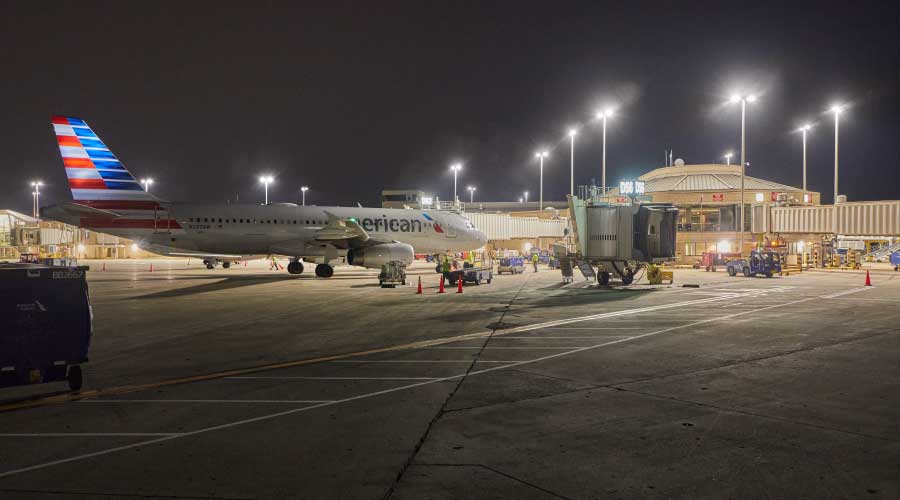Specification Tips for LEDs
Part two of a 4-part article on LED lighting
When searching for the manufacturer who can best meet their lighting needs, a cost-conscious manager might not look past cost and take the cheapest alternative. The situation is understandable, but the decision could backfire on managers.
“Believing that all LED products are created equally leads to poor decisions that can be costly in the long run,” Moon says. “Going with the cheapest option doesn’t always ensure that the solution is best-suited for that particular application. We’ve been called on many times to replace substandard LED solutions that either failed quickly or were providing vastly lower light levels. It’s important to make the right choice upfront in order to really reap all the benefits of an LED solution.”
Managers who do not explore numerous options for their lighting systems risk overlooking key specification issues. They include:
Color temperature. “LED lighting is now available in many color temperatures and can enhance the lighted space, whether it is a factory production line or office environment,” Ni says. “Because LEDs are highly controllable, maintenance personnel should get help in designing lighting systems that
not only reduce costs but also increase productivity.”
Lumen output. “The No. 1 mistake (managers) make when specifying an LED project is to make sure they’re maintaining or improving the light quality or light level because it is possible to do that now and save 40 percent on energy in some cases,” Youngquist says. “I see people trying to go for energy savings that are a little unreal and maybe they’re not getting the light level they want at the end of the day. You can’t cheat lumens because you need lumens to have light in any given capacity.”
Controls. “We see many facilities groups fail to plan for the integration of controls at a later time,” says Tom Veltri of Columbia Lighting. “We always advise planning now for the future implementation of controls to avoid the added cost of additional labor for wiring and fixture modification.”
Outdated standards. “Another mistake is doing a one-for-one replacement based off old technology,” says Lesley Matt with TCP Lighting. “For example, with LEDs, you need to look at the delivered lumens and the foot candle readings you will have at the ground level. You might not need as many fixtures in your facility as you previously had.”
The big picture. “Don’t base the decision on a lighting project on the capital investment,” Foley says. “The sticker shock is less with LEDs. (Before starting a project) do a complete life-cycle analysis and look at the big picture. Evaluate the light quality, distribution, construction quality and fixture quality. Ask for a mock up, and make sure to check for rebates. They can make an impact on the return on investment.”
One-stop shopping. “LED products can provide a complete lighting solution, so you don’t have to manage different methods of lighting,” says Jake Dyson with Dyson Lighting. “With the lesser quality options, you end up paying more just to maintain your system.”
Related Topics:















